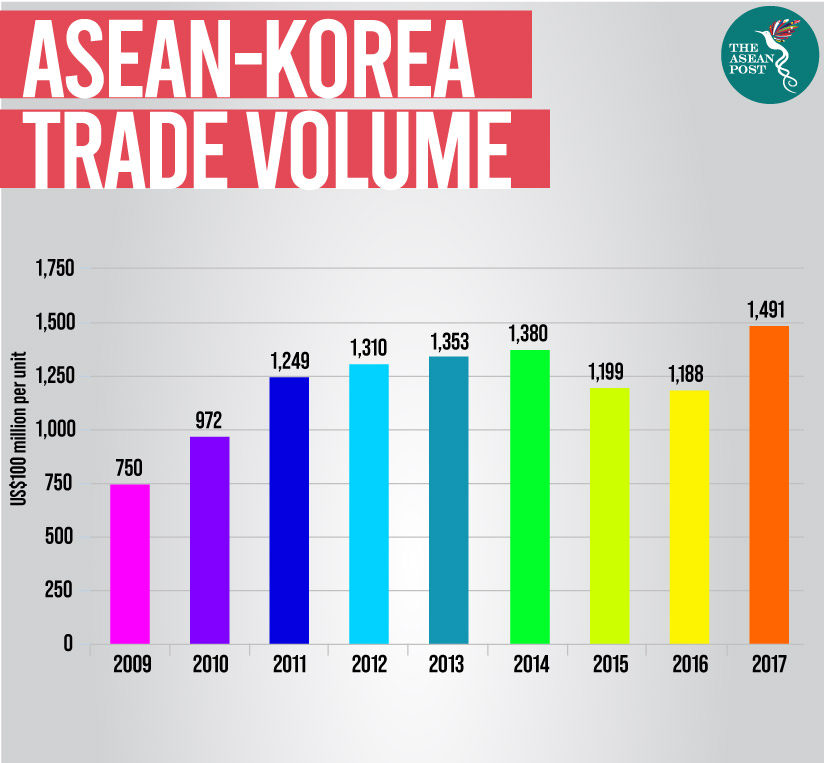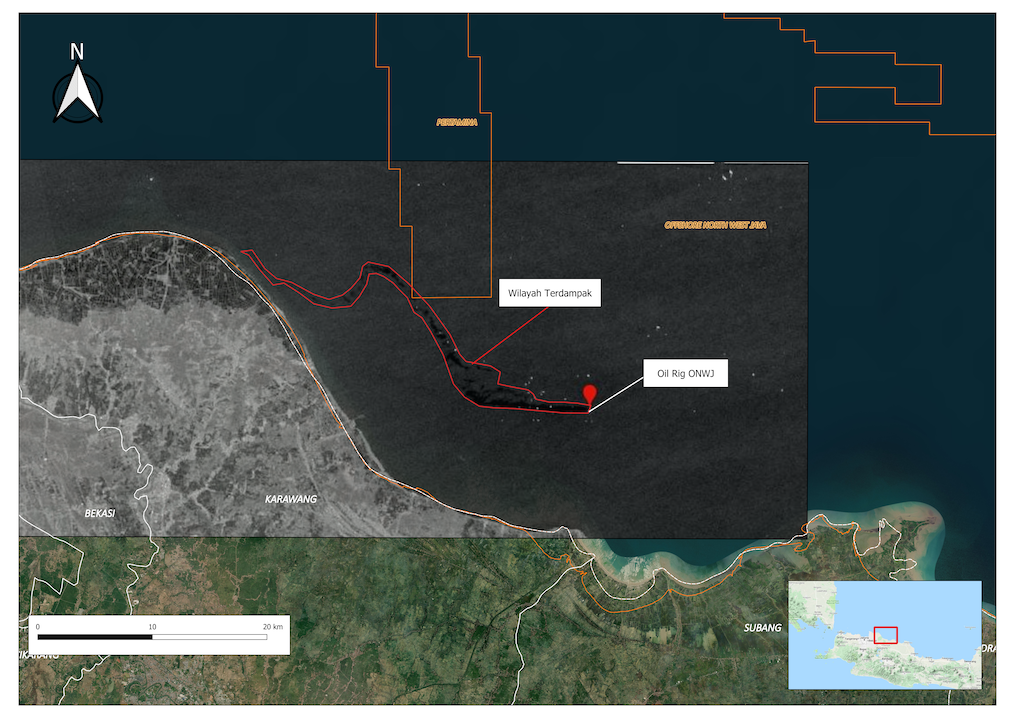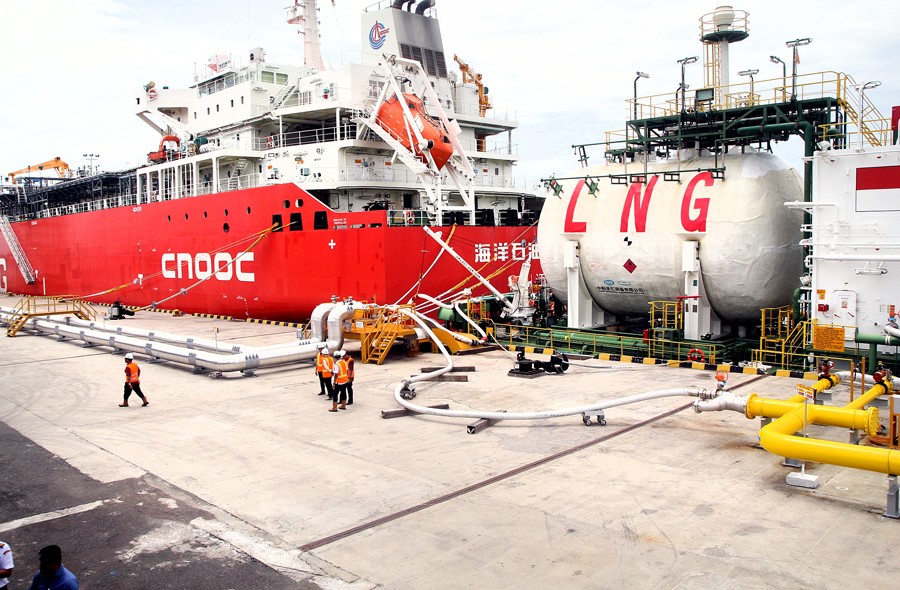SINGAPORE – Multinational organisations, firms and financial institutions see developing smart cities, industrial estates and special economic zones as opportunities in the Belt and Road Initiative (BRI).
Other sectors with potential include infrastructure projects in information and communications technology (ICT), roads and ports.
Investors also stated that they were keen on both renewable and non-renewable energy initiatives, with solar and wind projects standing out for renewables.
These were the key findings of a second regional survey on the BRI conducted by the Singapore Business Federation (SBF) and accounting firm PricewaterhouseCoopers Singapore (PwC) between mid-June and July 5 this year (2019).
The initial findings were shared at a media conference on Tuesday (July 30).
The full report will be released on Aug 15 at the Singapore Regional Business Forum, which will be held at The Ritz-Carlton, Millenia Singapore.
The inaugural Singapore Regional Infrastructure Summit will be held at the same venue on Aug 16 the next day.
In the survey, close to 50 respondents from multinational organisations, professional services firms and financial institutions were quizzed online about their interest, level of involvement and plans with regards to BRI-related opportunities.The respondents were from financial services (26 per cent), professional services (17 per cent), and construction and materials (8 per cent), among others.
Some 32 per cent said they were currently involved in a BRI-related project, while 45 per cent indicated that they will be involved in the next three years.
About half are from organisations headquartered in Singapore, said PwC partner Jennifer Tay, who specialises in capital projects and infrastructure.
Political risk was the top risk associated with BRI projects, about 75 per cent of respondents said.
Ms Tay noted that many infrastructure projects have been halted or postponed due to recent political movements in the region.
“In the current environment… as the national apex chamber, we want to highlight that while we are pleased that the (Singapore) government is standing by to assist (businesses), it is important that we look out for opportunities that can help our businesses,” SBF chairman Teo Siong Seng said.
Mr Teo added that Asean has been acknowledged by many countries as a bright spot in the global economy, and the region has good fundamentals.
Opening up more collaboration opportunities within the region would benefit local companies and those based in Singapore, he said.
Around 75 per cent of respondents said that they see opportunities in partnering with BRI country governments in Asean and South Asia.
“The cross-border nature of the BRI makes it a significant catalyst in regional infrastructure development and is likely to bring together investors across regions to jointly develop much-needed infrastructure projects, especially for under-served communities,” Ms Tay said.
Speaking in Mandarin at the media conference, MCC Singapore chief executive Tan Zhiyong noted that third-party markets commonly face financing issues.
MCC Singapore is a building services firm which has been involved in projects such as the construction of Keppel Distripark and Universal Studios Singapore.
He hopes that financial institutions and enterprises in the region can work together for business ventures in third-party markets to develop smoothly, Mr Tan said.
He highlighted the Dara Sakor project, a joint development by MCC Singapore and Cambodian real estate developer Union Development Group, which has been included as a key industrial capability and investment project of the BRI.
MCC Singapore hopes that the Dara Sakor project can be a model for other Singapore-China joint developments in third-party markets, Mr Tan said.
Last year, Singapore was the largest foreign investment destination for China in the BRI, capturing close to 23 per cent of the total investment outflow from China to Belt and Road countries.
Singapore and China have collaborated in third-party markets in sectors such as infrastructure, financing and professional services.

















